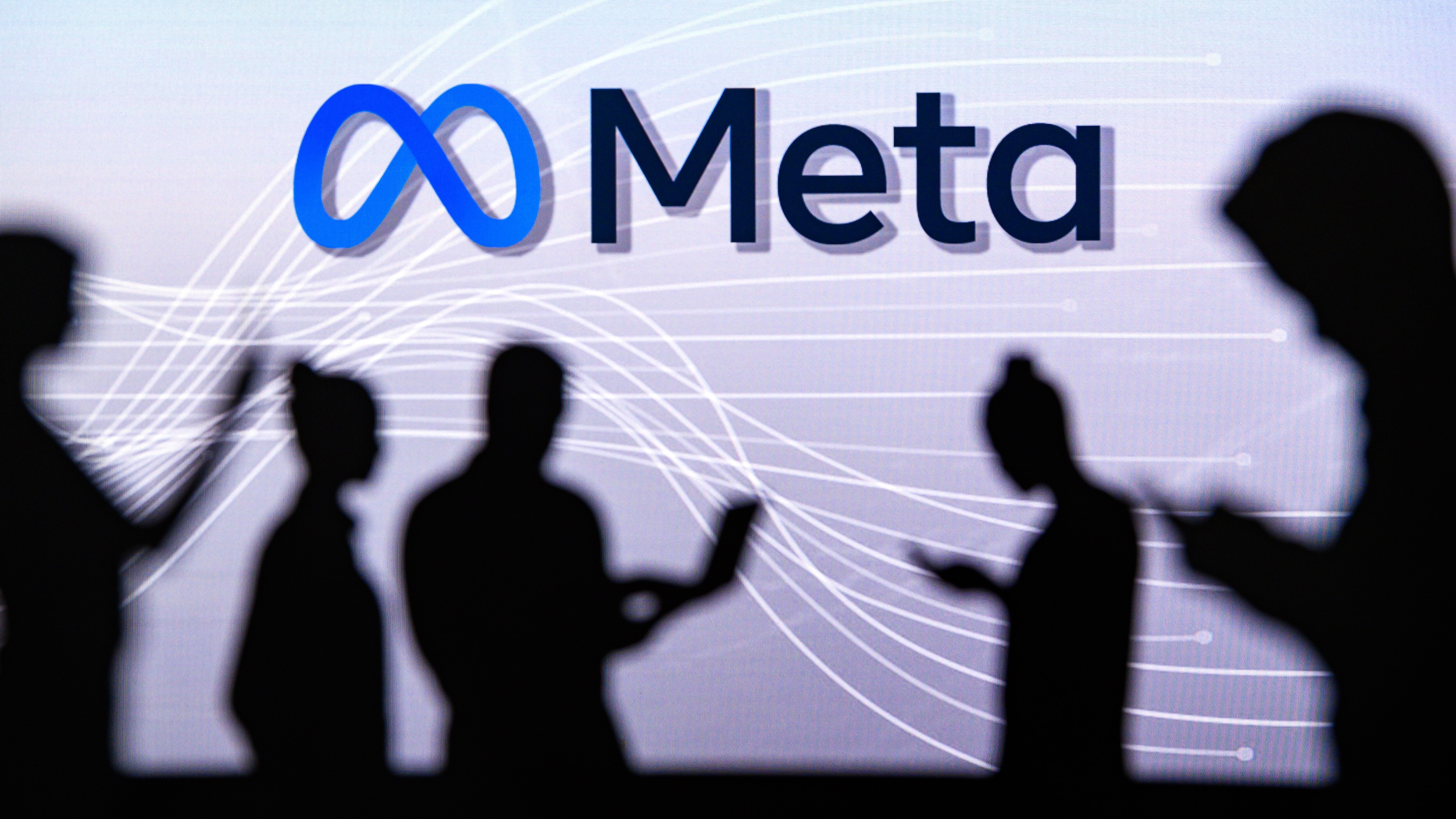
Meta CEO Mark Zuckerberg has previously said that the company is working on a system that will allow you to type directly via your brain. According to MIT Technology Review, the tech giant was actually able to successfully create this technology, with the system capable of accurately determining what key the user was 'pressing' about 80% of the time. This probably isn’t an impressive number to skilled typists, but we must remember that this machine reads your brain signals externally — no implantation or invasive procedure required — which is a feat in and of itself.
However, don’t think this is a comfortable hat that one could just wear anywhere, day to day. Instead, it’s a massive and expensive machine that needs to be used in isolation to work effectively. Forest Neurotech founder Sumner Norman likens it to “an MRI machine tipped on its side and suspended above the user’s head,” with one device estimated to cost $2,000,000.
Aside from that, the magnetoencephalography scanner, which reads the magnetic signals that your neurons generate when they fire, can only be used in a shielded room. That’s because the earth’s magnetic field, which is several orders of magnitude stronger than the one in your head, will interfere with the reading. The machine also loses the signal when the subject moves their head, making it impractical to use in everyday settings.
Meta Brain & AI Research Team Head Jean-Rémi King says that the research isn’t geared towards making a marketable device. “Our effort is not at all toward products,” says King. “In fact, my message is always to say I don’t think there is a path for products because it’s too difficult.”
Nevertheless, the research returned meaningful results, as it discovered how the brain produces language information. Meta’s team determined that our neurons first generate a signal for a thought or sentence, which then creates subsequent signals for words, syllables, and, lastly, letters. They were then able to see how these different levels interact with each other as a system for written communication.
The company could then learn how this works and use it as a way to train artificial intelligence. “Trying to understand the precise architecture or principles of the human brain could be a way to inform the development of machine intelligence,” said King. He adds, “Language has become a foundation of AI. So, the computation principles that allow the brain, or any system, to acquire such ability is the key motivation behind this work.”







